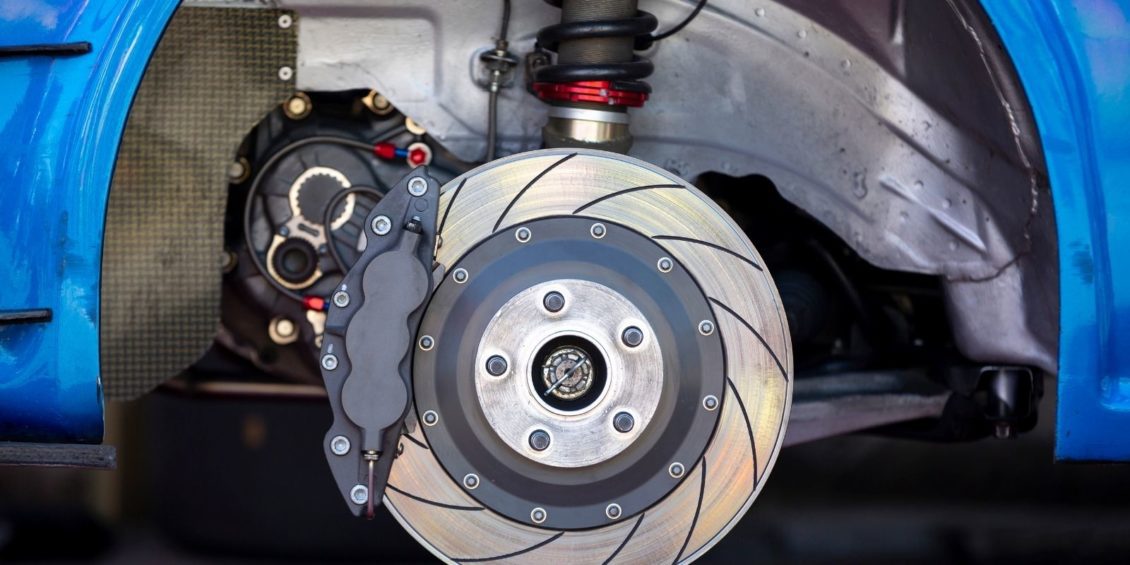Every vehicle demands proper servicing from time to time. All car parts play a pivotal role in driving safely, so they need active attention. Indeed, brake pads and brake fluid are the most critical of all. The driving style and mileage affect the service life of brake pads. This post will describe brake pads and fluid explicitly and effective ways to maintain them pretty well.
An introduction to Brake pads
Brake pads are the major components of the braking system that dictate how fast the vehicle will stop. The central part is composed of the fixed friction-lined metal plate. Rivets or unique adhesives are used to attach a pad to the base. The pad rehearses the form of a brake disc. Most pads have a wear sensor. Vehicle braking is caused by pressing the pedal, allowing fluid to build pressure and force the shoe against the disc.
Different types of brake pads
- Semi-metallic (iron, copper, and graphite powders)
It offers good heat transfer but wears rapidly and produces noise during braking.
- Low-metallic (organic composition with added copper, steel)
It allows more heat removal but is also prone to rapid disc wear.
- Ceramic
This type of brake pad is much favorable as discs wear and dust and heat release are minimal. Also, the performance is not altered by temperature changes.
What causes Brake pads to malfunction?
- Abrupt acceleration and deceleration
- Improper securing and installation
- Exploiting pads even after reduced lining thickness to 2-3 mm
- Presence of dirt or foreign objects in the lining
- Reckless driving
- Faulty brake cylinders.
How to identify Brake pads failure?
- Note wear indicator reading
- A squeak in the wheel while braking
- A sense of increasing pressure required to press the brake pedal
- Lack of response of pedal after release
Maintenance of Brake pads
The average lifespan of brake pads is 15 000–20 000 km, and if overused, it may damage the brake disc or result in the brake fluid boiling.
Generally, restoring by repairing pads is not advisable. As they are relatively cheap, it’s better to replace them if they crash. It will extend the life of the entire brake system. Use the handbrake to lock the car
- Take off the wheel
- Remove retaining pins, guide pins
- Remove the old part using pliers, screwdriver, drown pistons in the cylinder of a caliper.
- Get the oil to lubricate guide pins
- Reverse order of the above steps.
What is Brake Fluid?
Brake fluid is a hygroscopic fluid (water absorbing) encased in a closed system of your vehicle that generates certain pressure to stop a car when the pedal is pressed.
Most manufactures suggest fluid replacement after 20,000 miles and a bleed at 150,000 miles. But the schedules may vary, so you need to check the owner’s manual to see when your motor vehicle needs a fluid bled or replacement. Moreover, replacing your brake fluid every five years is a great idea. Restoring with fresh fluid is more cost-effective than replacing brake lines or the master cylinder.
Another indication for bleeding and replacing the fluid is when your brake pedal becomes spongy, or the pedal sinks after you stop. In this case, you can check the master cylinder and caliper pistons, and most likely, the fluid. Though the brake fluid lies in a closed system, water may get in and mix with the brake fluid ( as it is hygroscopic ). During friction of stopping, fluid heats up such that absorbed water boils and evaporates ( as the boiling point of water is lower than brake fluid). It produces air pockets resulting in frail, spongy brakes.
Steps to bleed brake fluid
- Install wheel chocks after parking the vehicle on a flat, dry surface
- Open and secure the hood.
- Remove the wheels by lifting the car using jack stands.
- Uncap the master cylinder
- Remove the exhausted fluid by using the vacuum pump or turkey baster.
- Locate and open the brake bleeder valve with a brake bleeder wrench and connect the vacuum pump, forming a seal.
- Keep some residual fluid so that the master cylinder is not completely dry. Dispose of old brake fluid in a plastic container.
- Start bleeding with the wheel afar from the master cylinder, or check your instruction manual to know which wheel to bleed first.
- Add new brake fluid to the master cylinder and keep its cap loose for a little while to let air escape out. Match correctly to the OE requirement or double-check with AutoZone.
- Close the valve once the fluid is clear and remove the vacuum pump. Repeat on the rest of the three wheels.
- Put the wheels on and bring the car to the ground.
- Go out on a test drive to test the brakes so that they are firm and operating correctly.
source of information:








Leave a Reply
View Comments